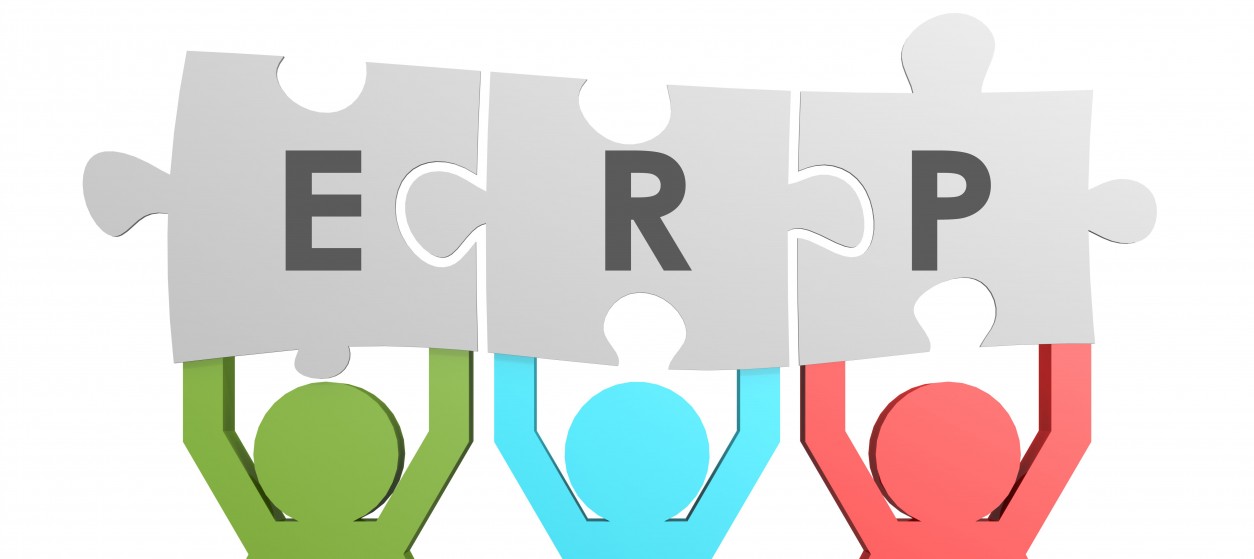For more than three decades enterprises have been using IT systems in order to facilitate and automate their business processes. Nowadays, these systems are ubiquitous and typically considered an integral element of enterprise infrastructures. The most prominent and widely used IT systems are enterprise applications like ERP (Enterprise Resource Planning) systems and CRM (Customer Relationship Management) systems. Enterprise applications are very popular both within large enterprises and within SMBs (Small Medium Businesses). Large enterprises tend to deploy and operate costly and sophisticated enterprise applications, which scale to their needs. On the other hand, SMBs adopt smaller scale solutions that are cost effective and flexibly customizable. SMBs are becoming increasingly dependent on enterprise applications, as the latter boost their agility and enable them to do more with less resources. As a prominent example, modern CRM and marketing automation tools enable small enterprises to reach wide audiences at global scale. Likewise, cloud-based office suites enable SMBs’ employees to work on documents regarding of time and their location.
Over the years, enterprise applications for SMBs have evolved in size and sophistication. In the past, enterprises had to dispose with a wide range of “siloed” applications that were provided by different vendors and could hardly interact with each other. Furthermore, in earlier years, SMBs had to develop and maintain in-house computing infrastructures in order to deploy and use enterprise applications. In recent years, SMBs are offered access to entire suites of integrated and interoperable applications. Furthermore, these applications can be accessed in the cloud, based on flexible utility-based (i.e. pay-as-you go) models.
Taxonomy of Enterprise Applications for SMBs
Enterprise application suites for SMBs are usually characterized as business management software. The latter is an umbrella term that comprises a wide array of application programs which support businesses in optimizing and automating their processes. These application programs feature some common functionalities such as error checking, process improvement and reporting tasks. However, these programs are usually clustered into suites based on their functional relevance i.e. applications with pertinent functionalities are usually bundled together in the same suite. Typical examples of commonly used packages and suites are:
- Finance, Accounting and Business Invoicing: The most common business processes for SMBs concern finance and accounting. SMBs need effective ways for maintaining their accounting books and fulfilling their tax obligations in a timely and accurate manner. Moreover, most SMBs must prepare financial statements and balance sheets, while having to report to funders and investors. Beyond finance and accounting, SMBs should be able to issue and accept invoices. Business invoicing is therefore important, given also the fact that electronic invoicing is becoming mandatory in several countries. Overall, suites comprising finance, accounting and business invoicing applications are among the most commonly used by SMBs. In many cases these applications are part of ERP systems, notably medium scale ERP systems that are developed exclusively for SMBs rather than for large enterprises. Such ERPs support simplified business processes that are lighter than the ones supported by large scale ERP suites.
- Customer Relationship Management (CRM): CRM suites provide SMBs with a rich set of sales and marketing processes, which are driven by customer information. They enable SMBs to make their processes customer centric, through collecting and managing information about past, existing and future customers. Furthermore, they automate marketing processes (e.g., outbound marketing campaigns), while providing detailed sales reports. Likewise, they provide tools that support customer segmentation towards more targeted and effective marketing activities. They also provide customer service functionalities, including functionalities delivered as part of contact centers and help desks.
- Asset Management: SMBs need to keep track of their assets, which is the reason why they commonly deploy some sort of assets inventory. Asset management systems provide the means for structuring and managing such inventories in effective ways, rather than trying to cope with the inconsistencies of logging assets in spreadsheets and old-fashioned inventory databases. In this way, Asset Management systems offer increased flexibility and automation in tracing valuable assets. They enable SMBs to create their own asset plans, while keeping track of the employees that are authorized to access and use specific assets.
- Project Management: In most enterprises, work is organized around projects. That’s the reason why project management suites are among the most important tools of an SMB. Project management suites comprise a host of different applications, which provide functionalities like task management, time tracking, document sharing, invoice and budget management at project level, management of resources and more.
These are certainly more and different types of suites, other than the ones listed above. In several cases enterprise application suites bundle together applications from more than one of the presented categories. Also, there are cases of enterprise suites that combine functionalities from more than one type. For example, there are suites that integrate project management functionalities with finance and accounting functionalities, towards keeping track of the contribution of each project in the annual revenues and turn-over of the company.
Read Also: Enterprise Applications Integration: Making the right choices
Choosing the Right Enterprise Applications Suite
SMBs are nowadays offered with a wealth of enterprise applications options, which vary in functionalities, quality and cost. Thus, selecting the most appropriate suite can be a challenging task, as the selection has to consider and balance many and diverse factors. The latter may directly relate to the number and type of tasks that need to be supported and automated. In this context, the following factors must be considered:
- Budgetary Constraints and Cost: When purchasing IT systems and services, SMBs are likely to have limited budget. Therefore, the selected solution must match their budget availability. The latter should be contrasted to the total cost of ownership of the enterprise suite, which may include services like training and consulting that are usually added to the licensing or pay-as-you-go fees.
- Learning Curve: SMBs prefer solutions that are easy to set up, learn and customize. In this context, they want to avoid solutions that are associated with steep learning curves and require significant time to make them work.
- Flexibility and Configurability: In most cases, the default functionalities of an enterprise application won’t match the exact needs of an SMB. Therefore, the selected solution should be flexible and customizable to the business processes of the small or medium enterprise.
- Coverage of Desired Functionalities: Enterprise suites come with a range of readily available functionalities. SMBs should make sure that these functionalities cover their needs to a large percentage. While the applications can be customized to address the peculiarities of the business processes of the SMB, the customization process has certain limits. That’s the reason why SMBs should pursue solutions that cover as much as possible of the SMB’s needs through their default configuration.
- Quality of Customer Support Provided: Small companies need to solve their problems fast. Therefore, the quality and efficiency of the customer support that comes along with the solution can be a decisive factor for its selection.
Read More: Are Mobile Enterprise Apps Realizing Their Potential?
Enterprise suites for SMBs are nowadays more and more versatile than ever before. In several cases they constitute one of the main pillars of an SMB’s productivity. Small and medium businesses should therefore make a careful selection of their enterprise applications, through considering not only cost, but also criteria linked to functionality, learning curve and quality of customer support. Regardless of their ultimate selection, SMBs should also allocate effort in customizing the applications to their business processes, in order to make the most out of their selection.










